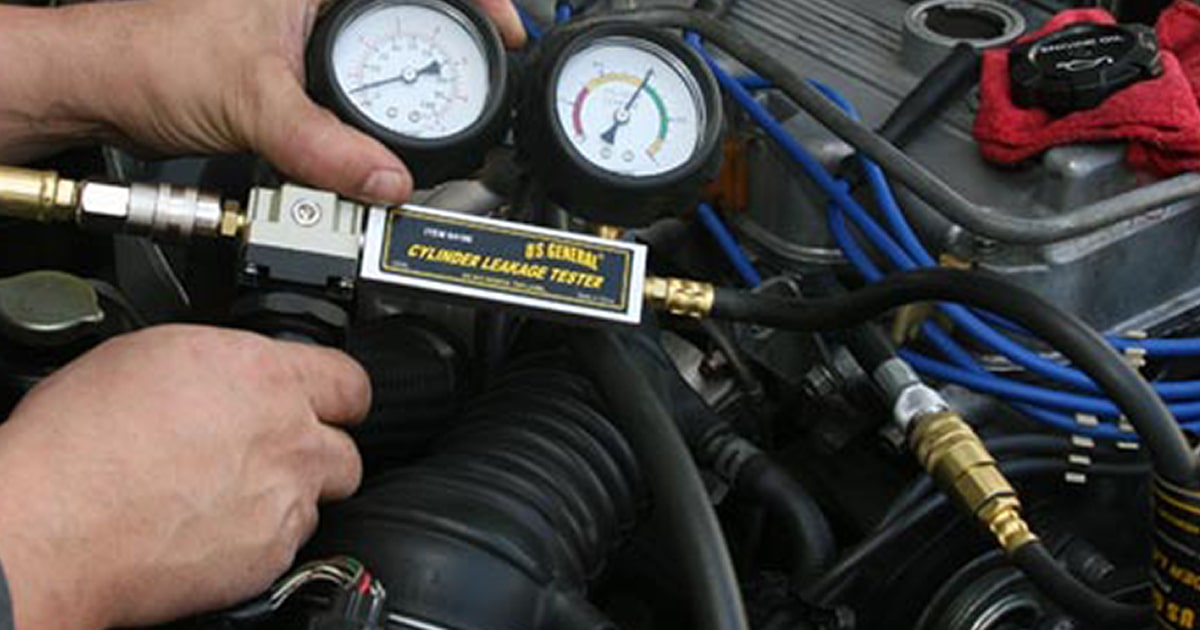A little background here.....this is in regards to my 327 in the Jeep. I did a refresh/rebuild on a good running engine that came in a different car I bought. Never put more than 100 miles on it, but it ran just fine. Needed a sbc for the Jeep so plucked this and opened it up, measured and observed, decided it needed nothing more than a backyard rebuild. .030 block. Honed, cleaned, new internals with cast pistons, cast rings, polished crank and rebuilt 492 angle plug heads. Runs great, but used a lot of oil. Have maybe 1200 miles on it and it's burned close to 4 qts of oil. No smoke, but does puff a bit on startup. Buddy that used his hone on this said it could be that it was running rich during break-in and the cast rings may seat, but it's a toss-up. Just did a leak down test, 4 cyl at 7%, 2 at 8%, 1 at 10%, 1 at 12%. So, looked a bit further and noticed that my valve cover didn't have the baffle under the pcv and it was dripping oil. This may be the sole reason for the consumption, currect?? I buttoned up the motor and am going to drive it today for at least 50 miles and check consumption. .. Plugs were really ugly, at least 6 of them, number 1 and 2 were fairly clean and cocoa brown. PCV is into the rear of the manifuld on a dual plane intake.
Thoughts??
Thoughts??

